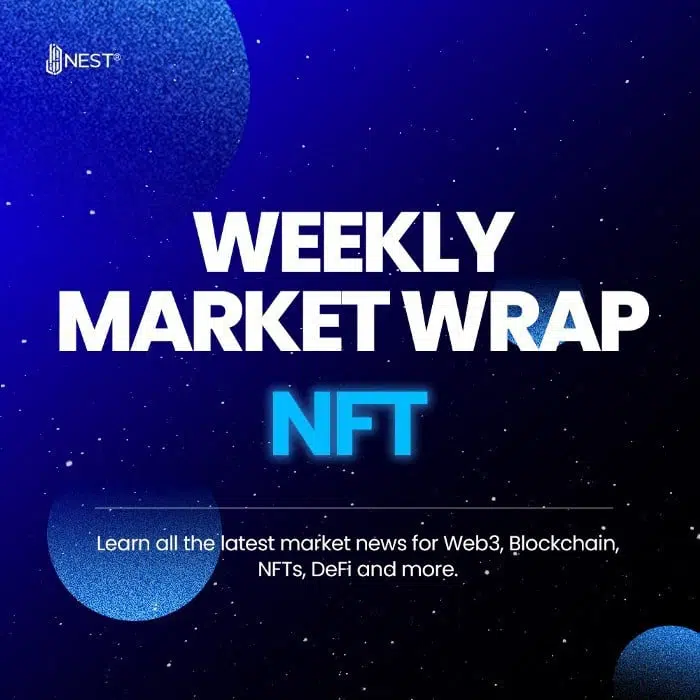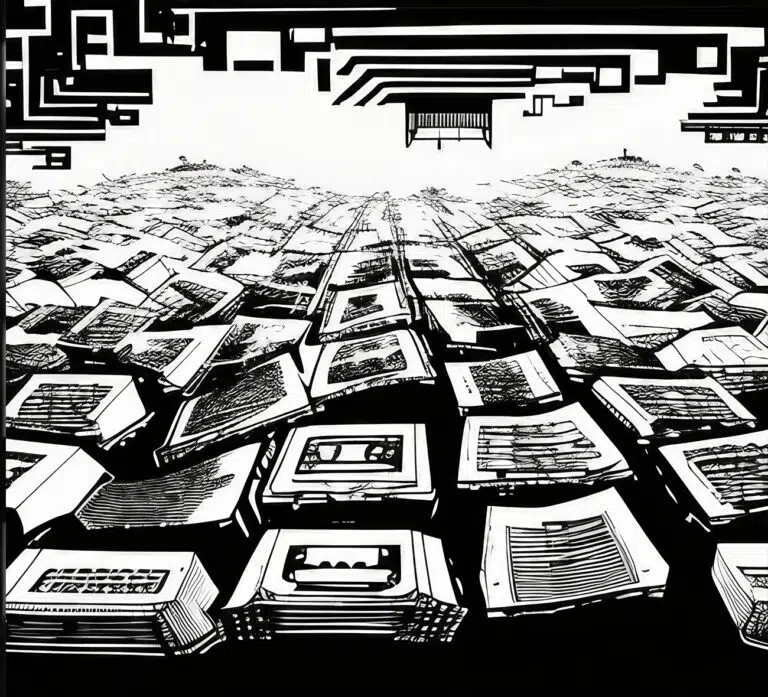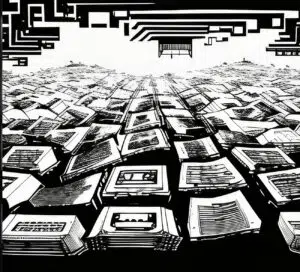
NFT MARKET UPDATE
Not to be a Debbie Downer, but we’re still in a bear market. NFT prices are on a downward trend, with tiny little spikes here and there. Some people believe right now is the time to buy, while some remain unconvinced about talks of the market heading for new heights. We don’t have a crystal ball, so let’s take a close look at what happened this week instead.
Before we get right into it, we know you’d love to hear about freebies first.
FREE “GREEN” NFTS: GET YOUR PIECE OF HISTORY
Ethereum’s transition from proof-of-work (PoW) to proof-of-stake (PoS) is estimated to reduce energy consumption by 99.95%. This is a significant turning point in the young history of Web3. In celebration of the Merge, blockchain firm ConsenSys invites the world to partake in “one of the first sustainable NFT drops on Ethereum mainnet” called Regenesis.
Partnering with artists Chris Skinner and animation firm Keithcity Group, Regenesis NFTs will represent the most vital points of the Merge: sustainability, security, and scalability.
Anyone can mint Regenesis NFTs for free; you only need to pay gas fees for every mint. Watch out for the day of the Merge; minting will start at 9:00 am EST and remain open for 72 hours.
99% VOLUME DROP HITS OPENSEA
Euphoric days ceased to continue for OpenSea after the Web3 world witnessed an all-time-high NFT trading volume of $405 million in just one day. That happened on the 1st of May. 90 days later, the platform has seen a 99% plunge in trading volume. Folks at DappRadar said trading figure dropped to only $5 million last Sunday.
As expected, the steep decline in trading volume is due to the uncertainty around the crypto bear market. With all the grievous news surfacing in the space, the market’s competitive environment stayed healthy with the continuous emergence of new projects and innovations. Progress shows no signs of slowing down with the collective effort of players in the Web3 world to break barriers.
META UNVEILS NFT CROSS-POSTING BETWEEN FACEBOOK AND INSTAGRAM
The giant tech company Meta continues to sprint through Web3, with select users in the USA now able to post their digital collectibles on both Instagram and Facebook. This rollout is a part of their test phase before extending the latest feature to the rest of the world. Participating users need to only connect their digital wallet to either Facebook or Instagram once and have the ability to share their NFTs on both apps seamlessly.
Meta’s Founder, Mark Zuckerberg, is one of the most notable people who has shown great interest in pushing into the world of web3.0. In fact, the term ‘Metaverse’ became a widely used word partly due to his contributions. Meta’s team has been spending years of effort exploring the Metaverse. Now we’re seeing integrations like this in our social media applications, and we can’t miss what’s about to happen.
PHYSICAL NFTS?
Okay, that’s not really a new concept. It’s been around for a while since Adidas, Gap, and Nike FOMOed in the space. But this week, RTFKT is making a lot of noise as they release their 60-piece “phygital” fashion collection for Clone X.
RTFKT, a digital fashion and sneaker brand, has recently been climbing in prominence in the fashion industry with their Clone X NFT Avatars, exclusively allowing owners to buy clothing merchandise tied to their specific NFT.
The cool thing about this is that the Clone X NFT collection is made of 20,000 3D avatars, each categorized into 8 DNA types. The digital wearables include caps, hoodies, t-shirts, sneakers, and jackets. Clone holders can then forge physical merch from it, depending on how many avatars they own and the DNA of those avatars.
OPENSEA WON’T SUPPORT ANY ETHEREUM FORKS
Back to the Merge — it’s just inevitable these days as we edge towards the historic day. The NFT marketplace OpenSea announced that they will only support the proof-of-stake (PoS) chain after the Merge, taking a hard stand against any forks.
In a tweet last Wednesday, OpenSea said, “we are committed to solely supporting NFTs on the upgraded Ethereum PoS chain” to support the transition and make transactions as smooth as possible. By the way, fork is the term used to refer to a network split. When a community agrees to change the basic rules of a blockchain’s protocol, the chain splits to head in different directions. That’s fork.






